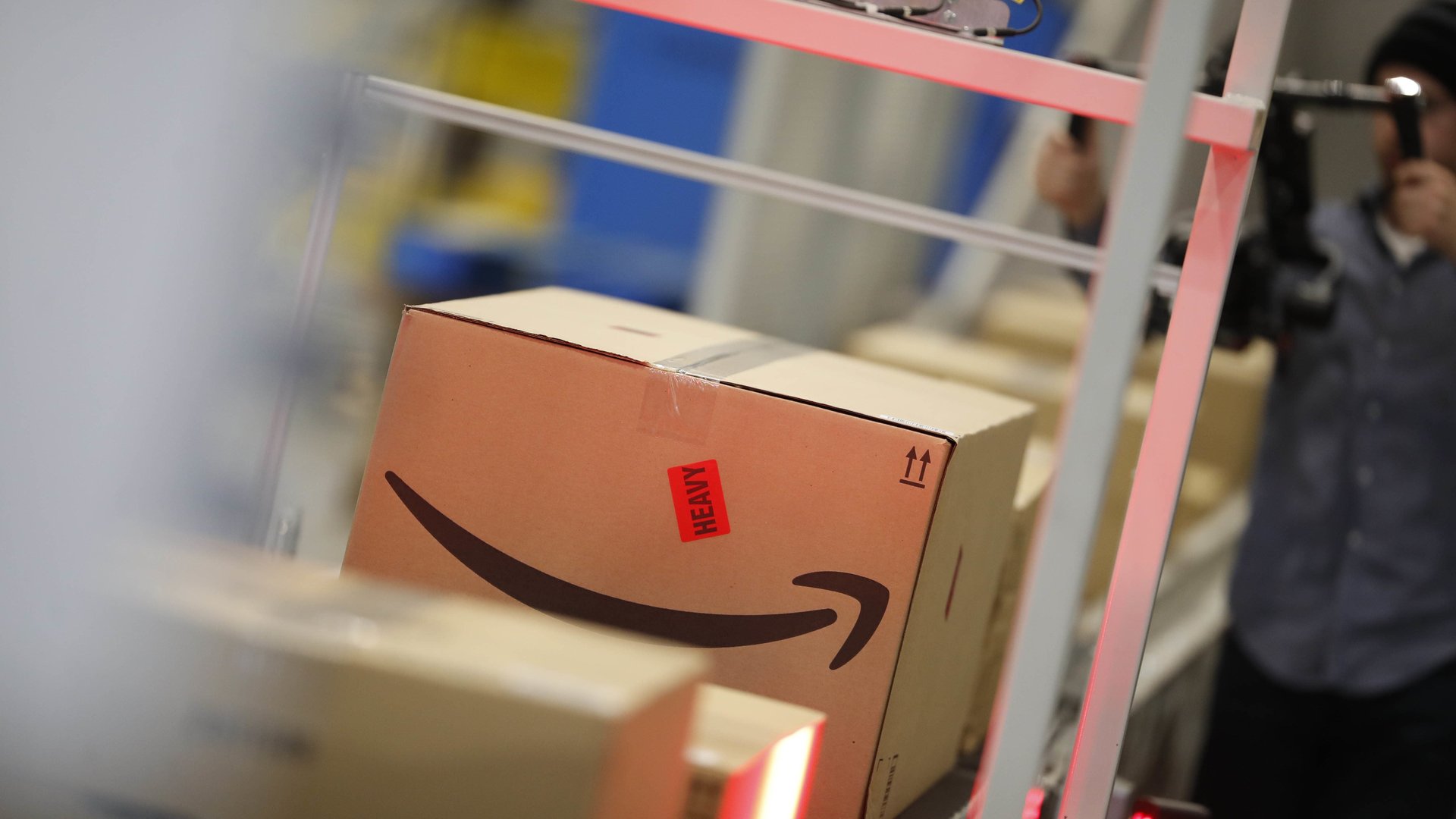Amazon Prime Day creep is the new Christmas creep
Calling Amazon Prime Day, the company’s annual shopping event in which almost all the good deals are on its own products, a “day” suggests it only lasts that long.


Calling Amazon Prime Day, the company’s annual shopping event in which almost all the good deals are on its own products, a “day” suggests it only lasts that long.
But what is a day, really, in the ever-online, always-connected reality the internet has thrust upon us all?
When it started in 2015, Prime Day was indeed a day. Since then, the e-commerce giant has decided a mere 24 Earth-hours would not be enough to serve up the sheer number of generally mediocre—but sometimes decent—deals it has to offer.
The “day” grew to 30 hours in 2017, 36 hours in 2018, and now stands at two full days, with Amazon unwavering in the fallacy of calling a two-day stunt a “day.” We’ve run the numbers, and it looks like we may be on the road to a future with no limits—not unlike the unstoppable annual growth of the holiday shopping season that has led to inexorable Christmas creep.
If the trend continues at the current pace, Amazon Prime Day will in fact consume an entire week of our lives by 2035. And—assuming Amazon’s online dominance still needs to be fueled by discounts—Prime Day will constitute an entire month by 2107. (By then, Amazon will probably be operating on Mars, if founder Jeff Bezos has his way.)
By 3136, a single Prime Day will run a full year. Spare a thought for the robots who will never not be operating at peak efficiency to deliver your descendants goods around the clock in the 32nd century.